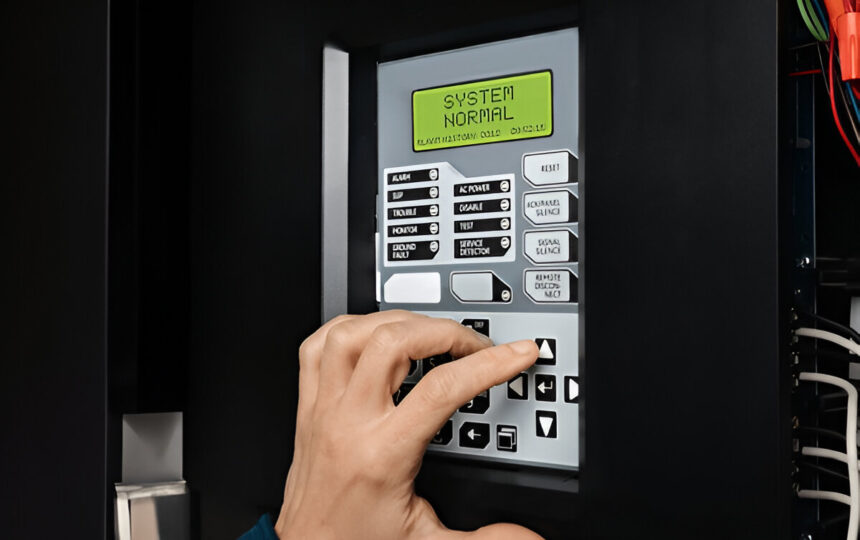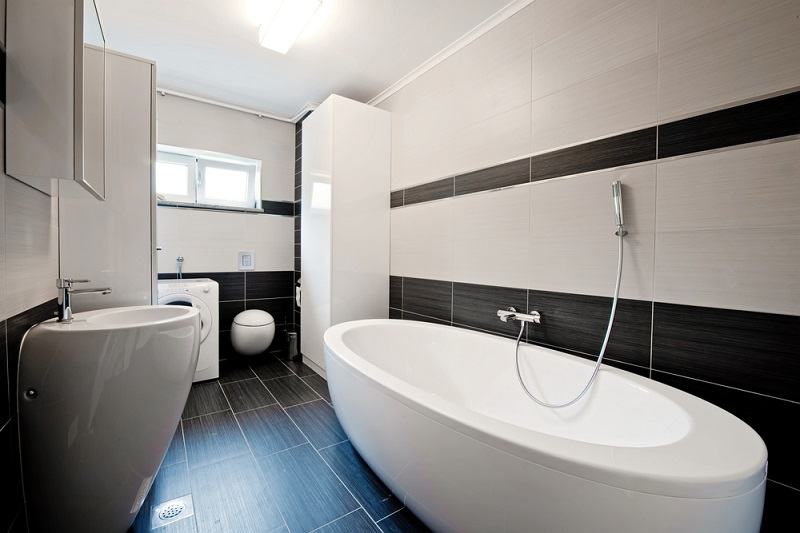In the healthcare industry, safety is paramount. Hospitals, clinics, and medical facilities must protect not only their patients but also their staff, sensitive data, and expensive equipment. With rising security threats—from theft and violence to cyberattacks—healthcare providers must invest in advanced commercial security systems to ensure a safe and secure environment.
A robust security infrastructure goes beyond traditional locks and alarms. Modern healthcare security integrates access control, video surveillance, intrusion detection, and cybersecurity measures to create a comprehensive safety net. In this blog, we’ll explore how advanced security systems can safeguard your healthcare facility, enhance compliance, and provide peace of mind for everyone inside.
The Growing Need for Enhanced Security in Healthcare
Healthcare facilities face unique security challenges:
-
Patient and Staff Safety – Hospitals are open 24/7, making them vulnerable to unauthorized access, violence, and theft.
-
Protecting Sensitive Data – Electronic health records (EHRs) are prime targets for cybercriminals.
-
Regulatory Compliance – HIPAA and other regulations require strict security measures to protect patient privacy.
-
Drug and Equipment Theft – Controlled substances and expensive medical devices are often stolen.
-
Emergency Preparedness – Security systems must help manage crises like active shooter situations or natural disasters.
Given these risks, relying on outdated security measures is no longer an option. Modern healthcare facilities need integrated, intelligent security solutions to mitigate threats effectively.
Key Components of an Advanced Healthcare Security System
1. Access Control Systems
Unauthorized access to restricted areas—such as pharmacies, operating rooms, and data centers—poses serious risks. Electronic access control systems ensure that only authorized personnel can enter sensitive zones.
-
Smart card or biometric scanners (fingerprint, facial recognition)
-
Time-based access restrictions (limiting entry after hours)
-
Audit trails to track who enters and exits
By implementing access control, healthcare facilities can prevent theft, protect patient privacy, and comply with regulatory requirements.
2. Video Surveillance with AI Analytics
Traditional CCTV cameras are no longer enough. AI-powered video surveillance enhances security by:
-
Detecting suspicious behavior (loitering, unauthorized access)
-
Facial recognition for identifying banned individuals
-
Real-time alerts sent to security personnel
-
High-resolution recording for forensic investigations
Placing cameras in critical areas—such as entrances, parking lots, and medication storage—deters crime and provides evidence if an incident occurs.
3. Intrusion Detection and Alarm Systems
Break-ins and after-hours trespassing are major concerns. Intrusion detection systems use motion sensors, glass-break detectors, and door/window alarms to alert security teams of unauthorized entry.
-
Panic buttons in high-risk areas (ER, psych wards)
-
Integration with local law enforcement for rapid response
-
Automated lockdown capabilities during emergencies
4. Cybersecurity for Healthcare Networks
Cyberattacks on healthcare institutions are increasing, with ransomware and data breaches threatening patient safety. A multi-layered cybersecurity strategy includes:
-
Firewalls and encryption to protect EHRs
-
Regular security audits and penetration testing
-
Employee training to prevent phishing attacks
-
Secure remote access for telehealth services
5. Emergency Communication Systems
During crises—such as natural disasters, active shooter situations, or medical emergencies—clear communication is vital. Mass notification systems ensure rapid alerts via:
-
Overhead PA systems
-
Mobile alerts to staff phones
-
Digital signage with emergency instructions
These systems help coordinate evacuations, lockdowns, and other critical responses.
6. Visitor Management Systems
Hospitals receive a high volume of visitors daily, making it difficult to monitor everyone. Digital visitor management systems enhance security by:
-
Requiring ID verification and check-ins
-
Printing temporary badges with access restrictions
-
Maintaining logs for contact tracing if needed
This ensures that only authorized visitors enter patient and staff areas.
Conclusion: A Secure Healthcare Facility is a Successful One
Healthcare security is not just about preventing theft—it’s about protecting lives. By implementing advanced commercial security systems, medical facilities can:
-
Prevent unauthorized access to sensitive areas
-
Deter criminal activity with AI-powered surveillance
-
Safeguard patient data from cyber threats
-
Respond swiftly to emergencies
-
Maintain compliance with industry regulations
Investing in a comprehensive, intelligent security infrastructure is no longer optional—it’s a necessity for any healthcare provider committed to safety and excellence.



